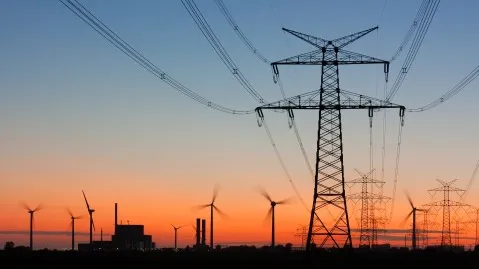
South Korea’s electricity demand up by around 3% in 2022
Renewables and nuclear mainly catered to the demand growth.
South Korea saw strong growth in electricity demand in 2022 by about 3% led by the commercial, services and industrial sectors, largely met by renewable energy and nuclear generation.
In a report, the International Energy Agency (IEA) said the country’s renewables rose by around 26% year-on-year (YoY) to bring its share in the electricity generation mix to around 8%.
READ MORE: South Korea eyes energy cooperation with Poland, Czech Republic
Nuclear, meanwhile, increased by 15% YoY, bringing its share in the total mix to 29%.
The share of coal declined to 33% and gas to 29%.
IEA added that renewables in the country are seen to increase to 12% of the mix and nuclear to 32%. Gas and coal shares are expected to decline by 27% and 29%, respectively.
South Korea’s demand is expected to grow around 1% to 2% to 2025, it said.



















 Advertise
Advertise






